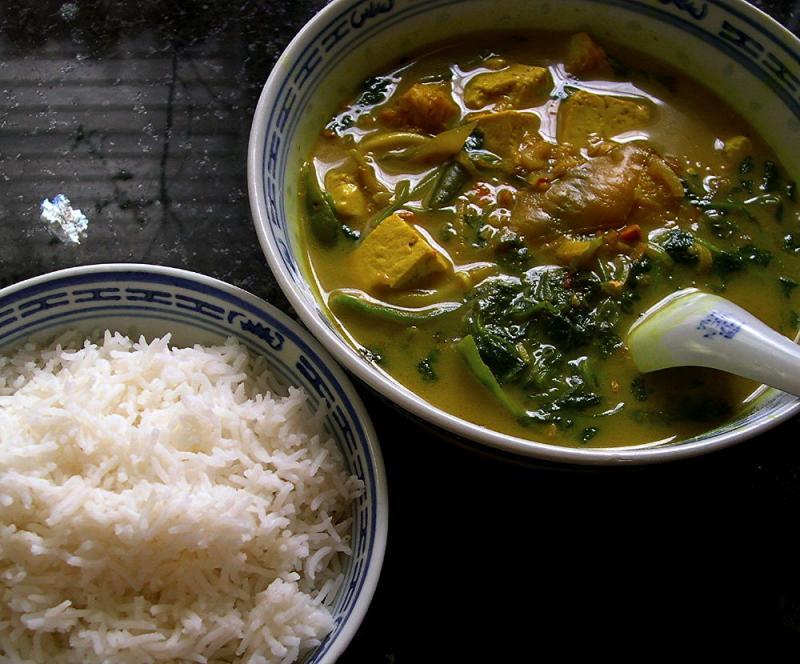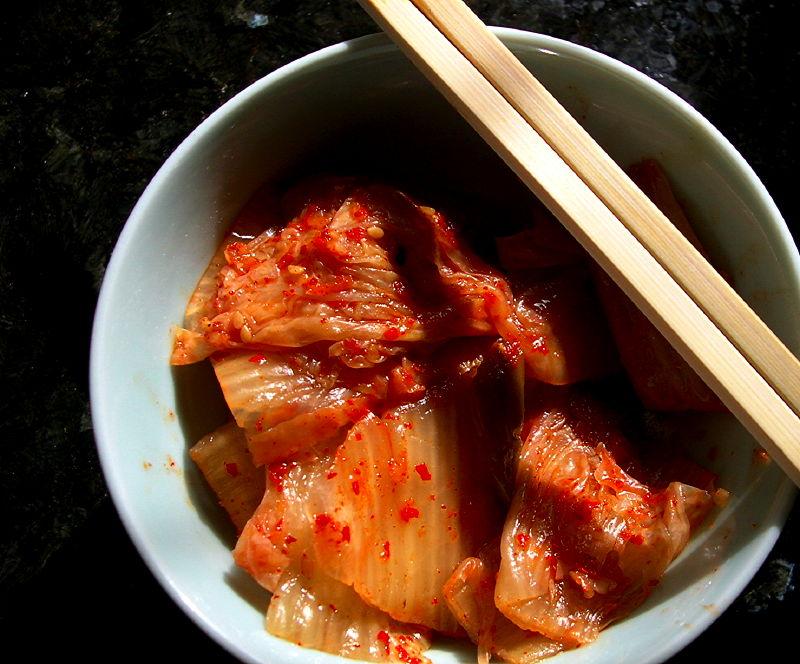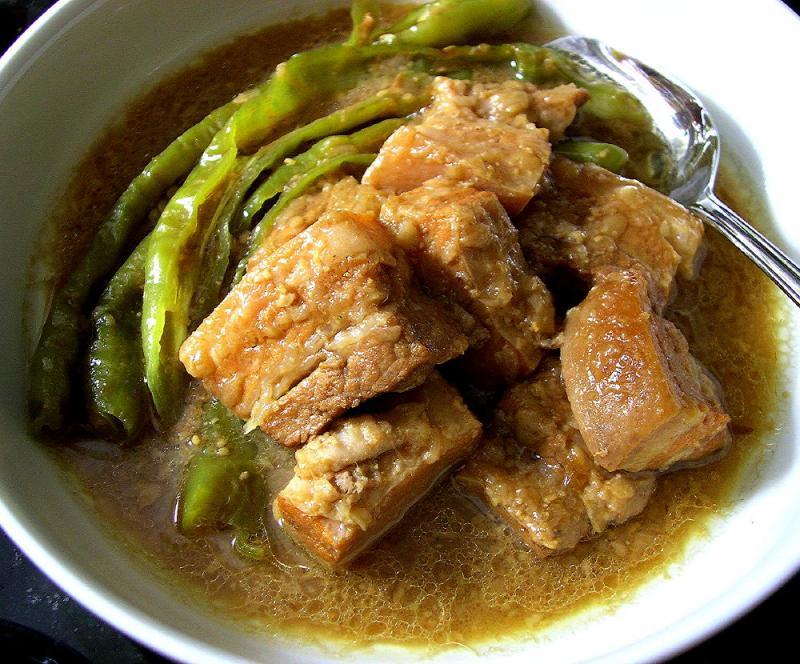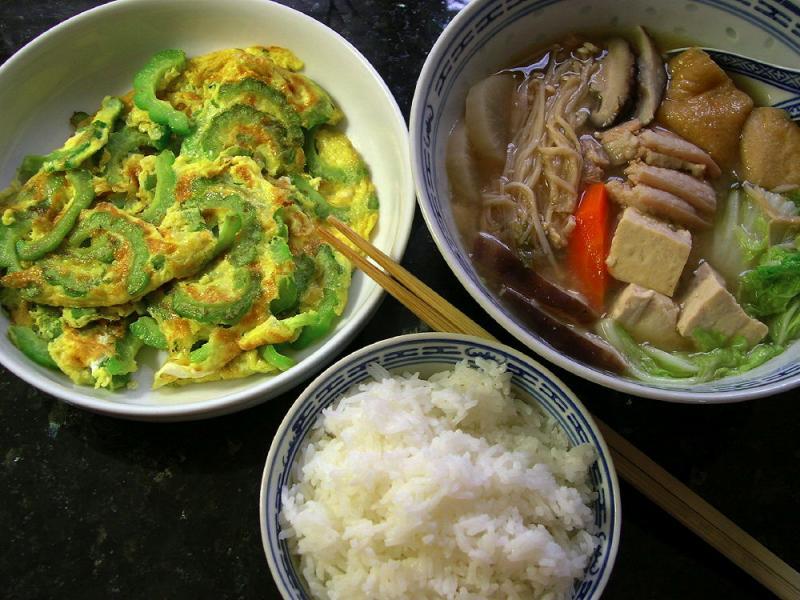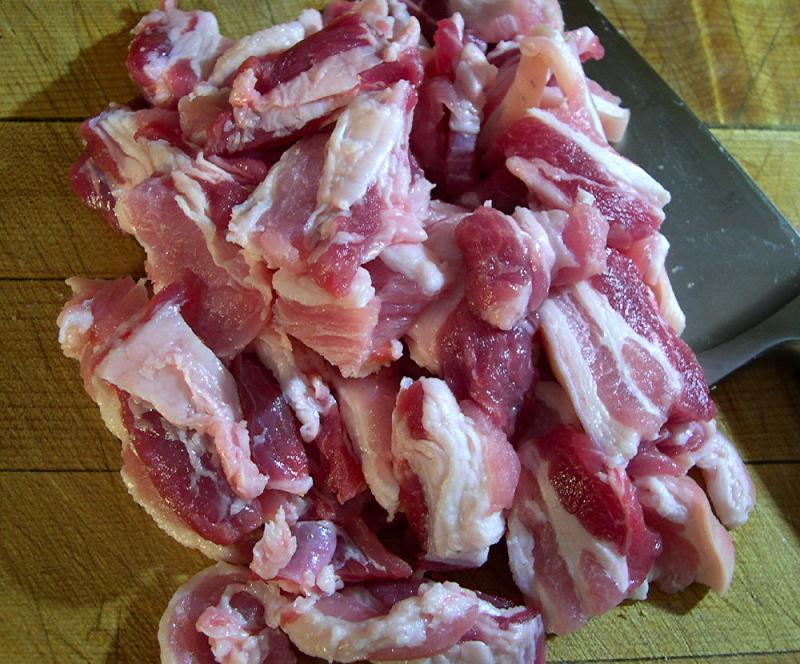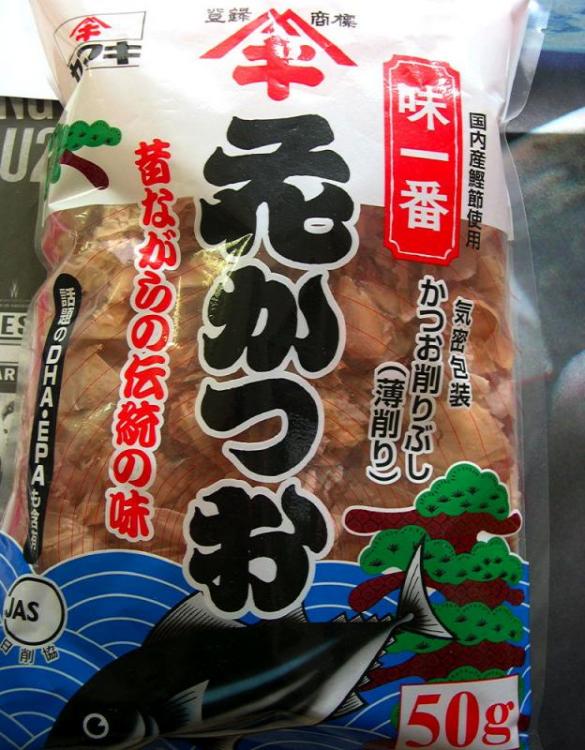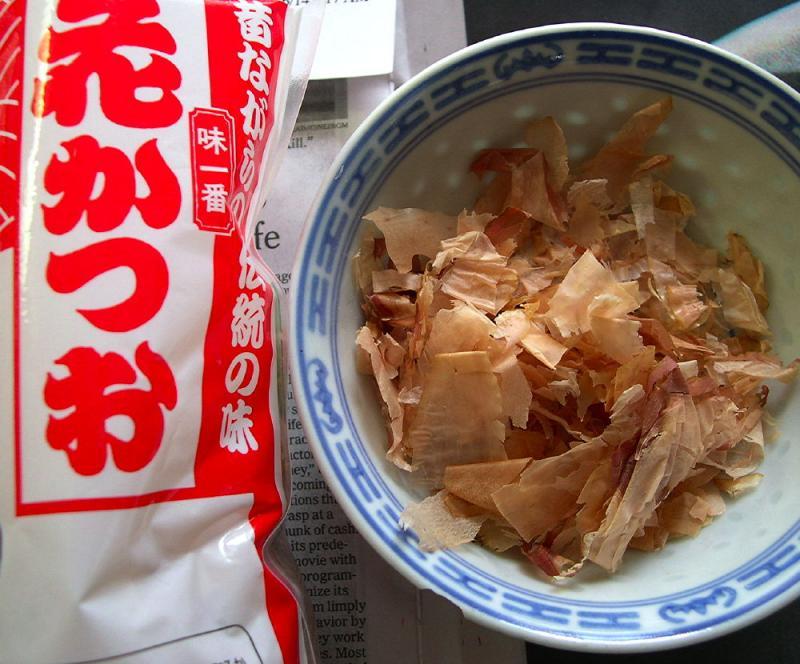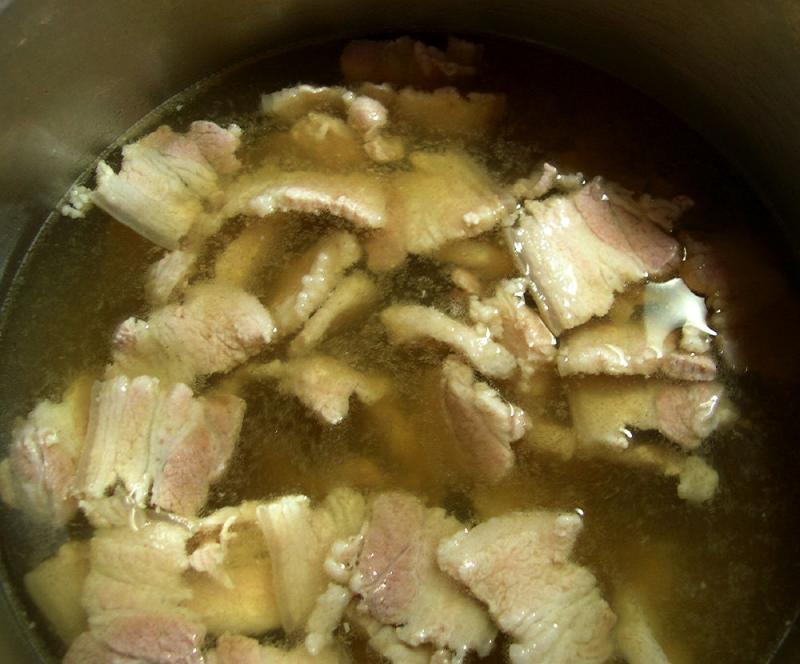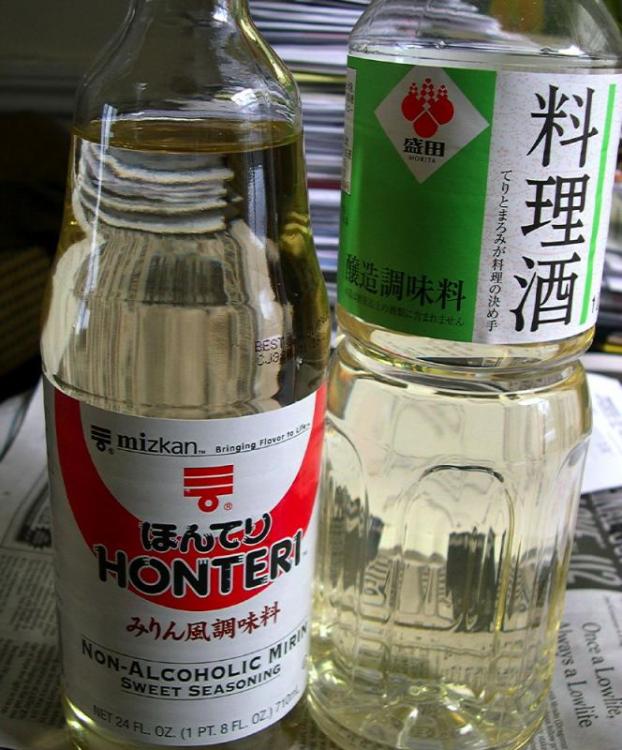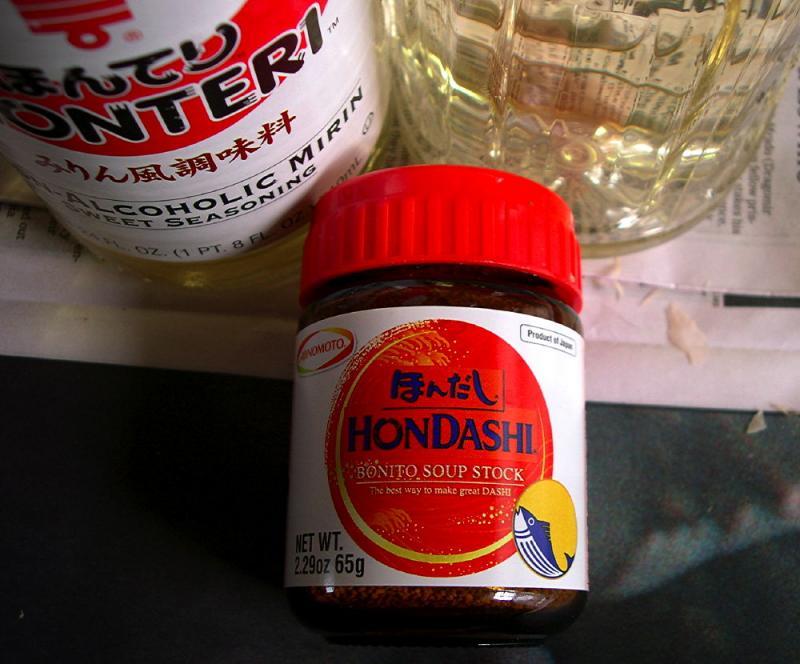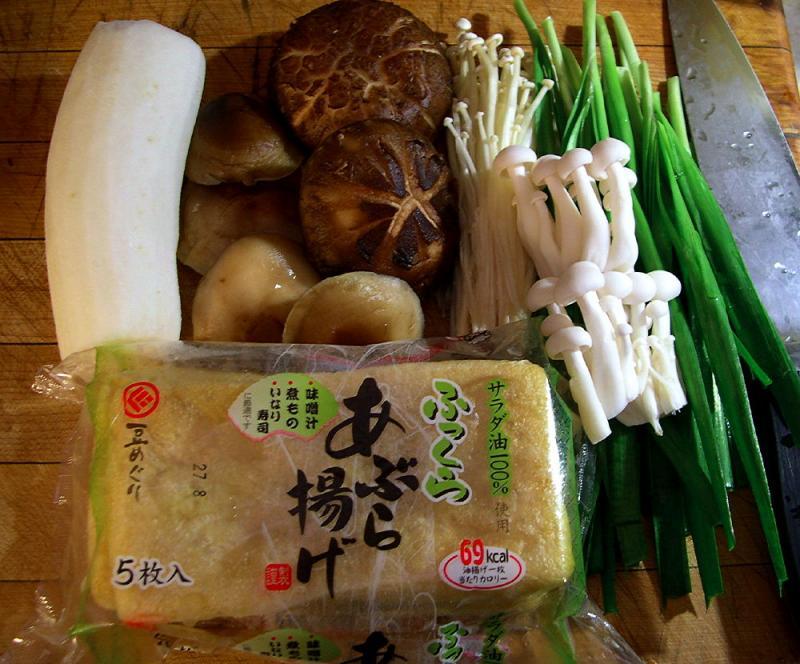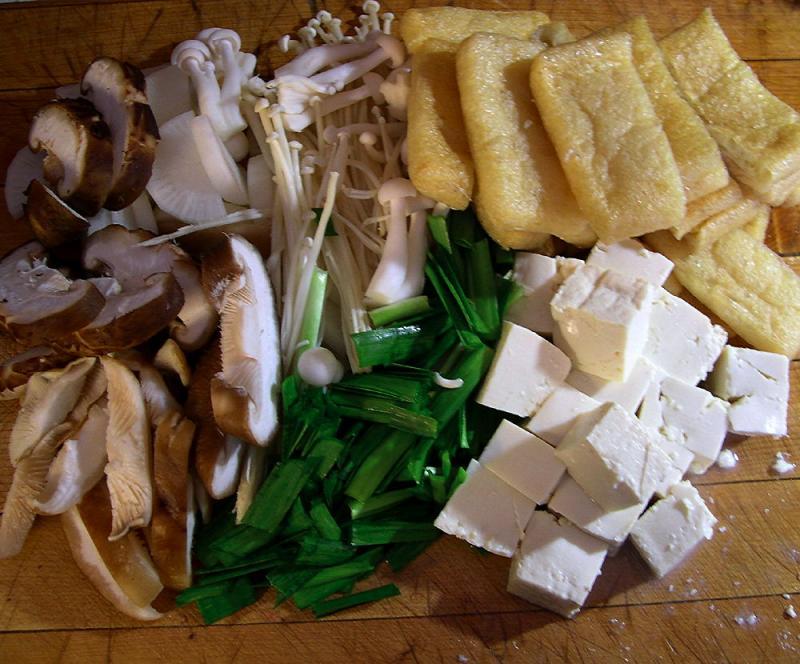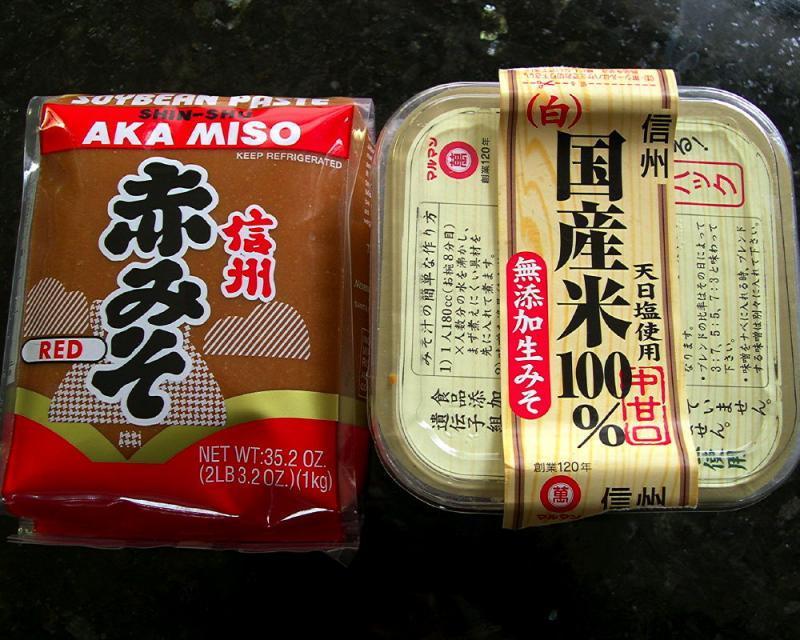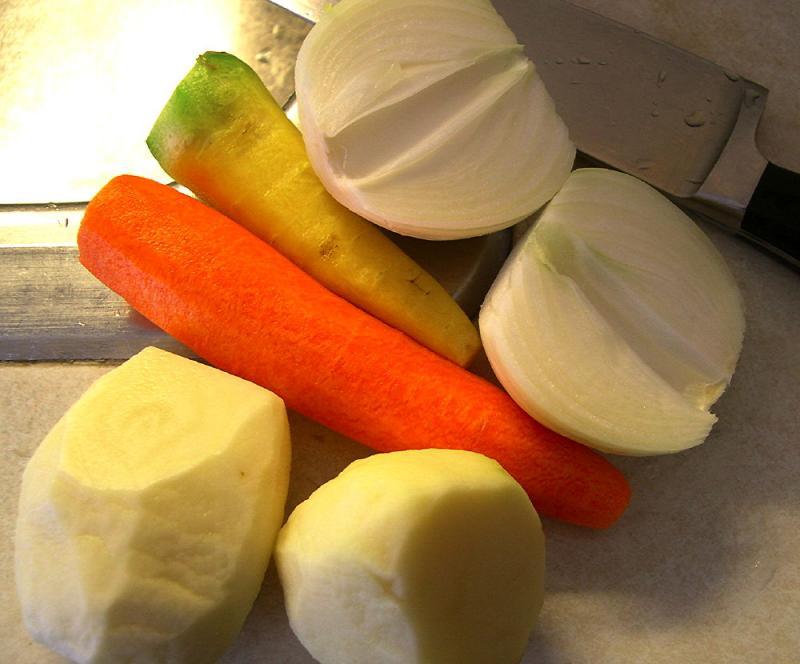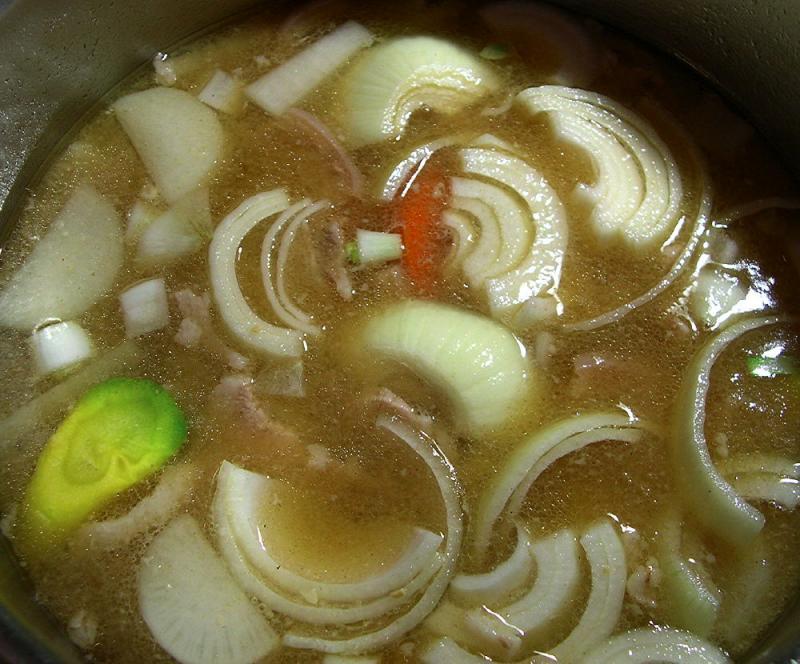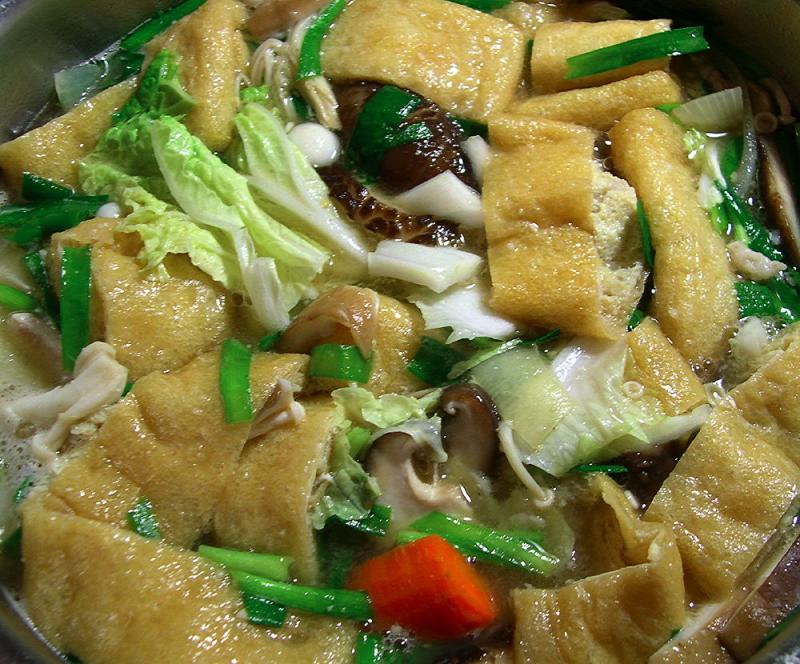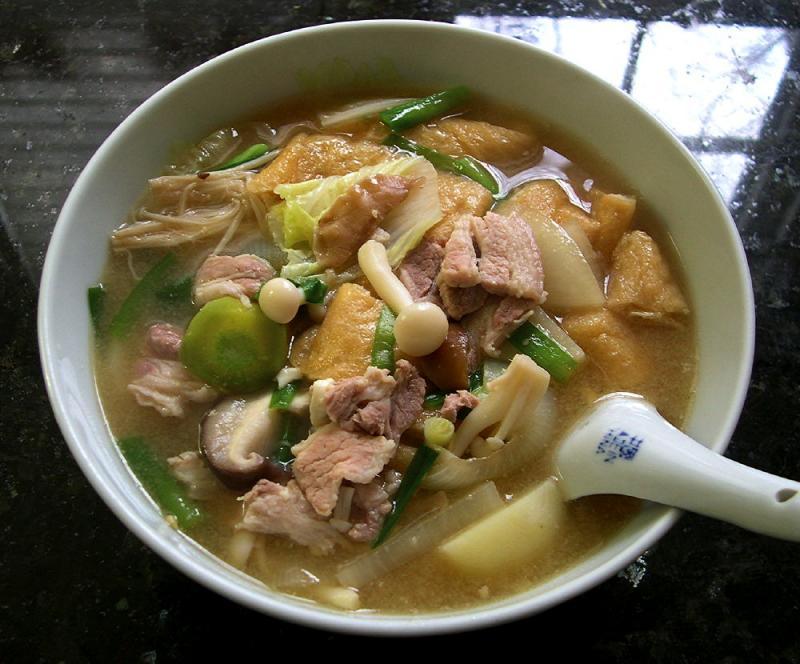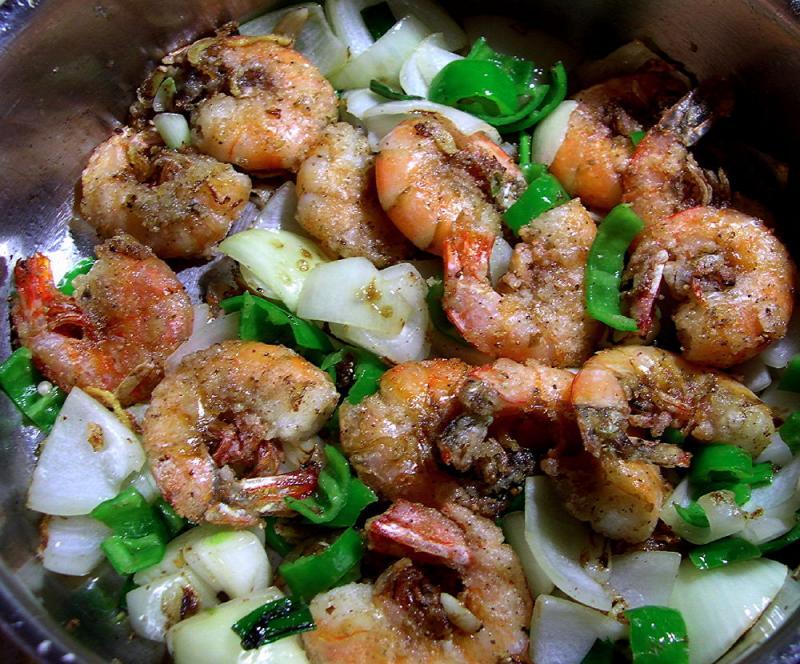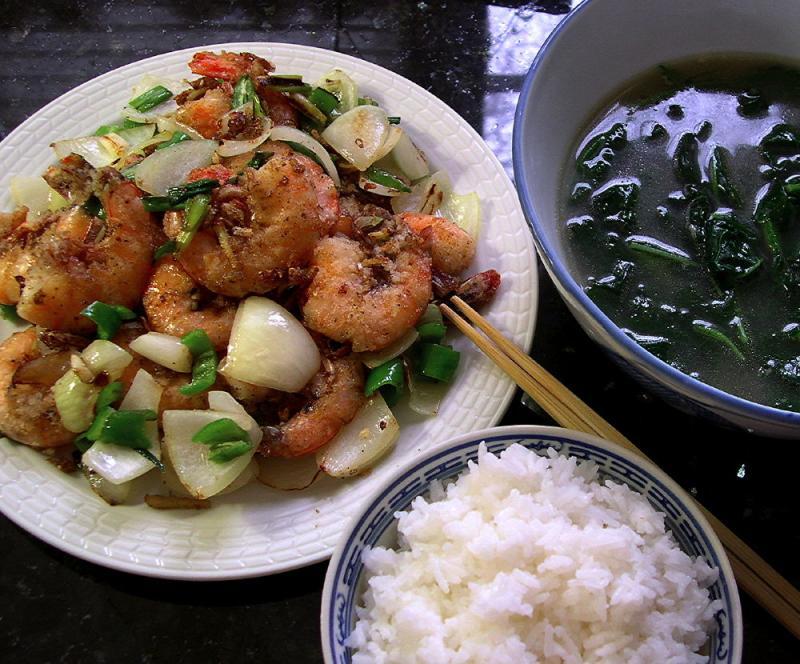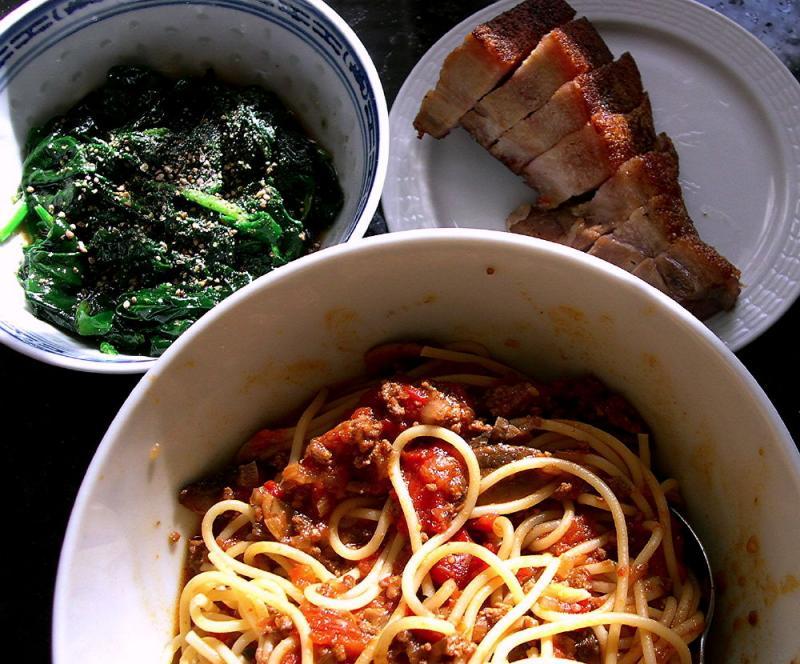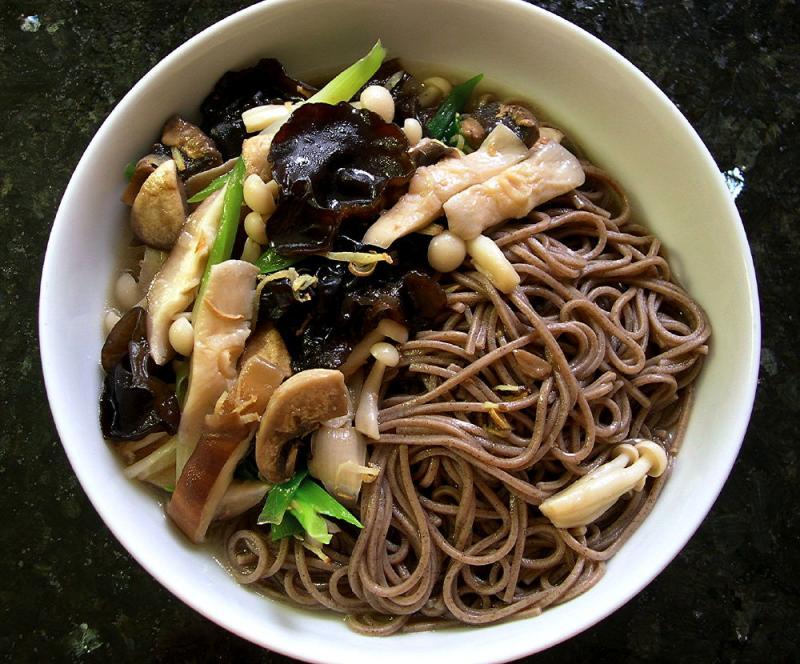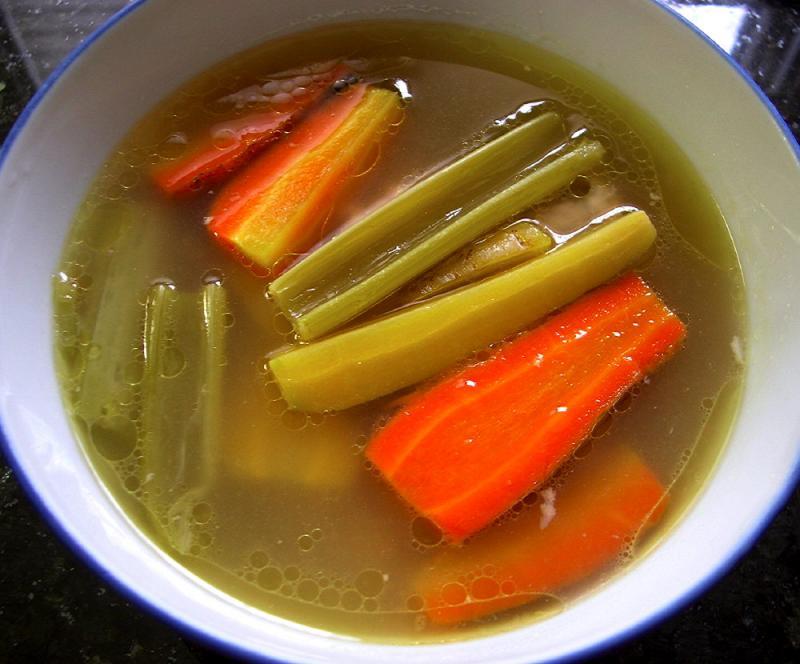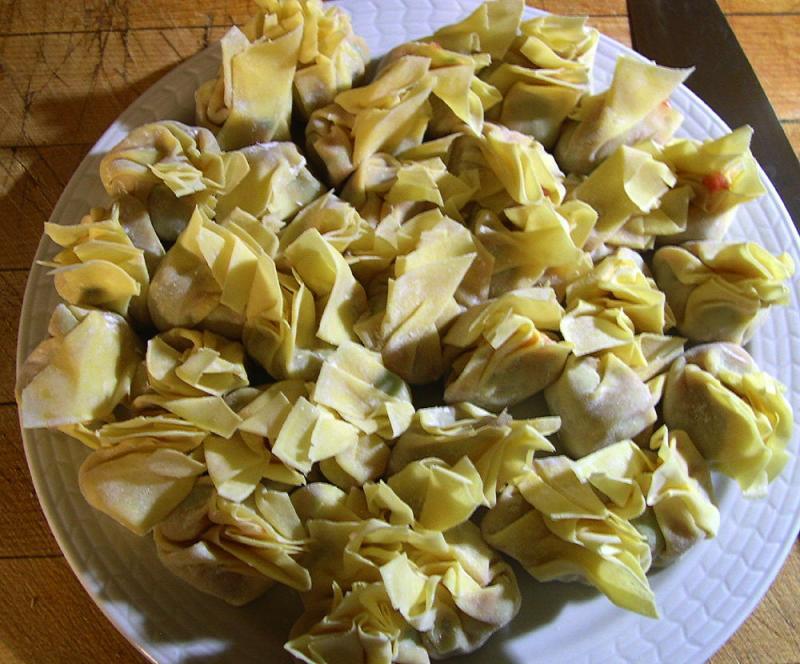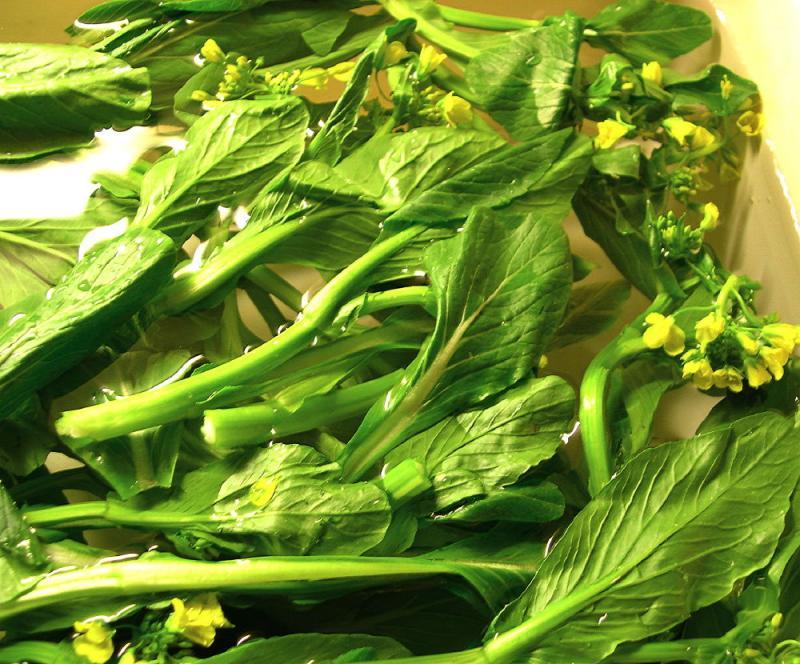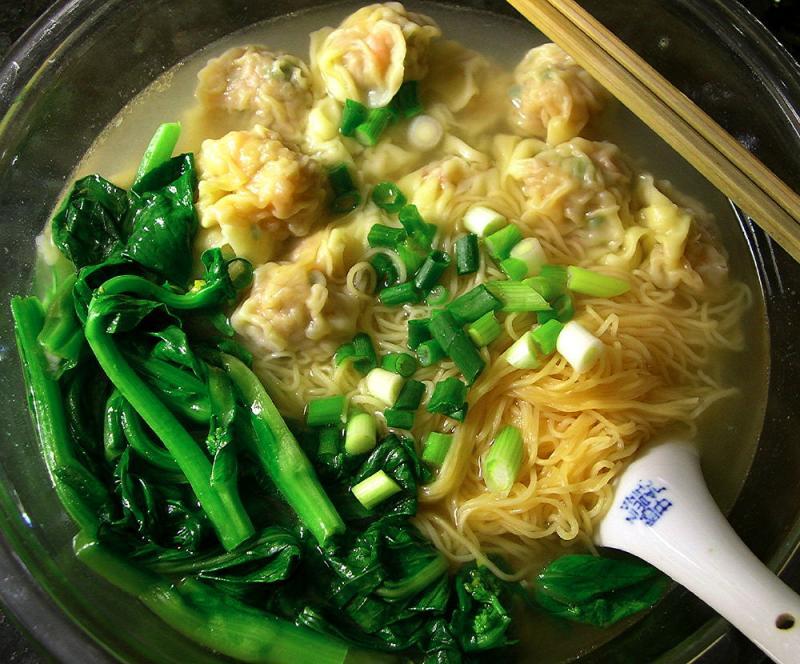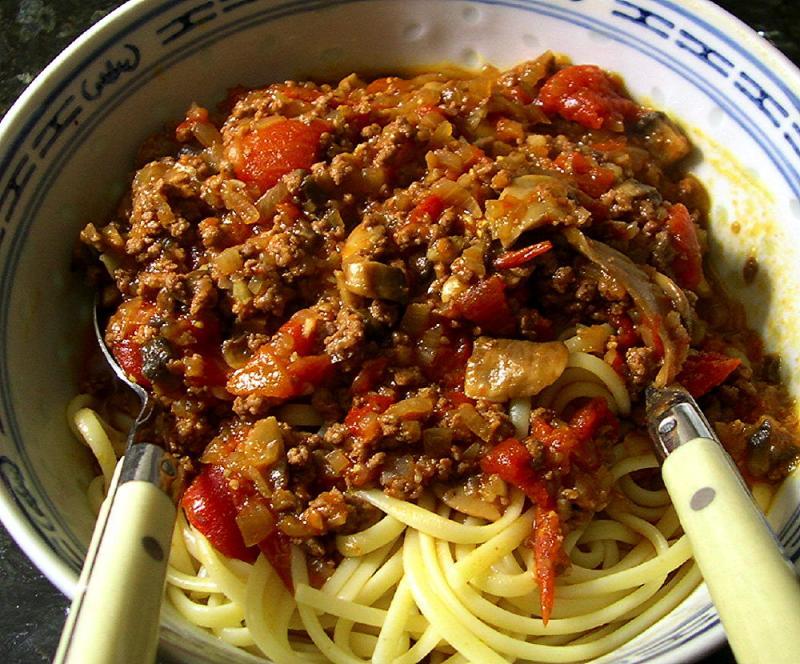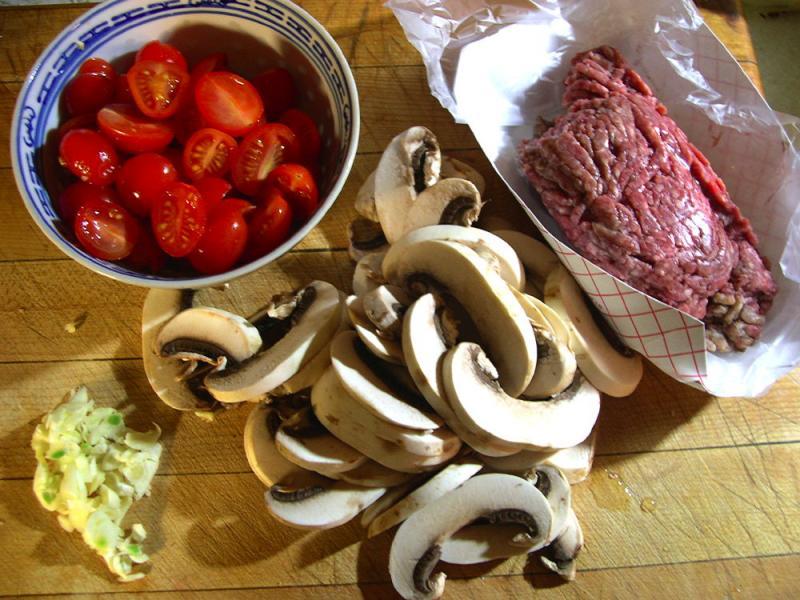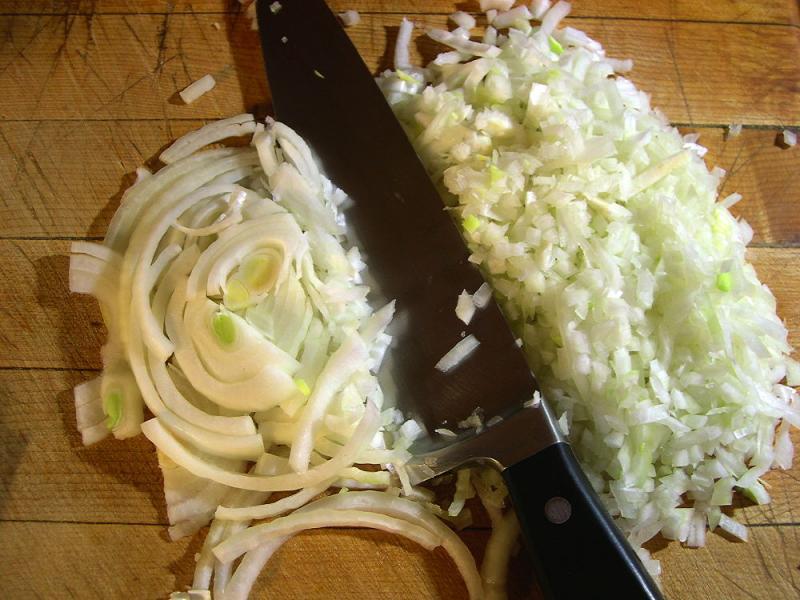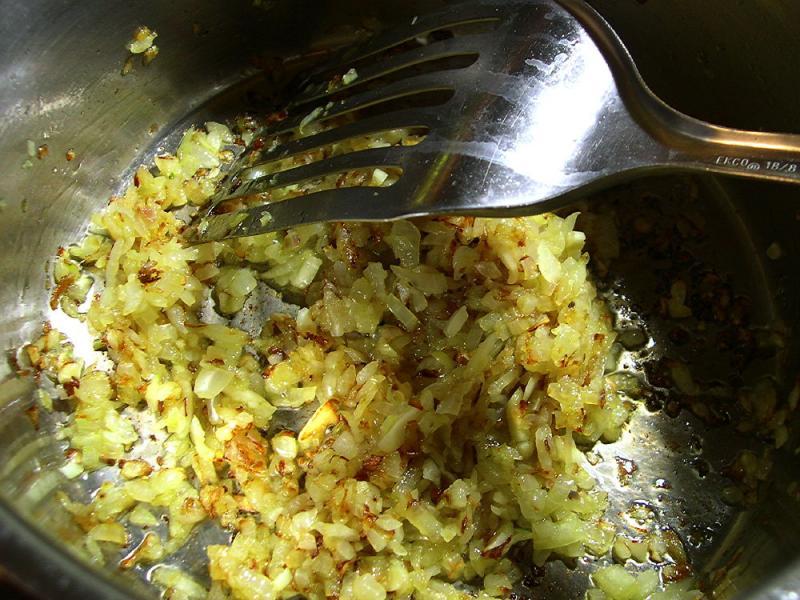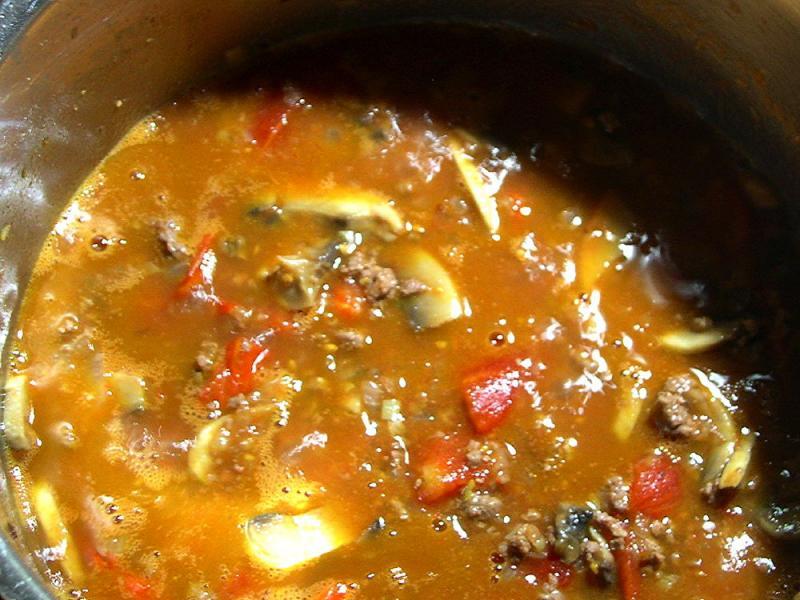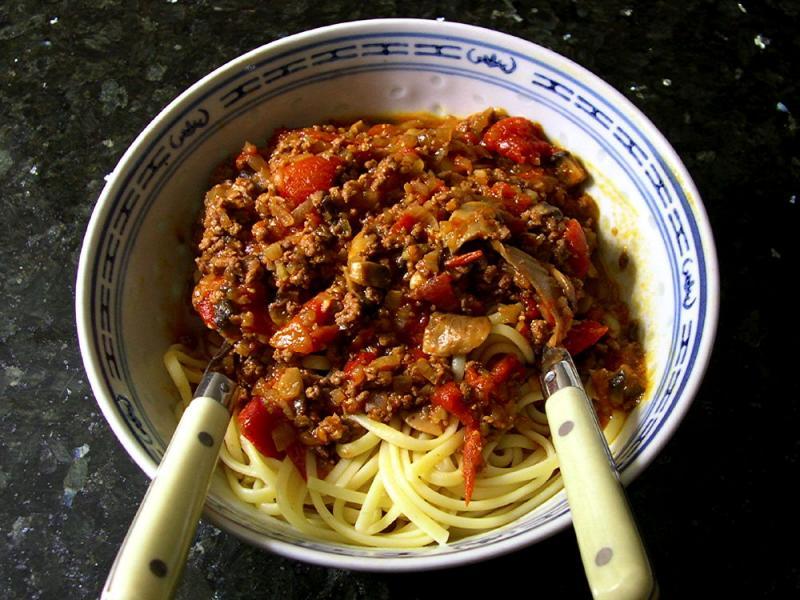-
Posts
3,810 -
Joined
-
Last visited
Content Type
Profiles
Forums
Store
Help Articles
Everything posted by huiray
-
That's so sad. I suggest you expand your horizons.
-

Most Important/Influential Chefs in Recent History?
huiray replied to a topic in Food Traditions & Culture
Fine Dining by your definition is Western Cuisine. ("global impact on fine dining.") I still don't see any consideration for things other than the notion of what "fine dining" is by Western definitions. I suspect that you would consider high-end meals in Hong Kong, for example, to be outside your conception of what "fine end" dining would be. -

Most Important/Influential Chefs in Recent History?
huiray replied to a topic in Food Traditions & Culture
There is also another way to look at this. How about chef Peng Chang-kuei - or, even chef T.T. Wang - who between them is said to be responsible for the modern version of that ubiquitous dish called "General Tso's Chicken" (and variants of the spelling) found in almost every Chinese Take-out and most Chinese/Chinese-American restaurants in the USA and even outside the US, and which is thought of as being synonymous with Chinese-American cuisine? Now that's influential. For that matter, it has been re-exported into China/Hong Kong and even Singapore and Malaysia, as examples of the reach of this dish! Or "Chicken Tikka Masala" - who was that Bangladeshi chef in Northern England who is said to have invented it (so some claim; India has competing claims) and which is now ubiquitous all over the world and was even declared to be Britain's National Dish by a government minister, no less, at one point? -------- As for the USA, I would second the suggestions of Rick Bayless and David Chang, amongst others, and also toss in Grant Achatz (even if I think he sometimes over-salts). How about Dan Barber? I mentioned Brazil previously - how about Alex Atala of D.O.M. in São Paulo, Brazil, then, in the idiom of Western-styled food, outside of the USA? Rene Redzepi has spoken of him as "mesmerizing the continent", I believe. -

Most Important/Influential Chefs in Recent History?
huiray replied to a topic in Food Traditions & Culture
Even then I wouldn't say the additional suggestions make it more "global". Everything that has been mentioned here so far concerns Western/European-based food, including Wolfgang Puck's "Asian"-influenced fusion food. The OP should clarify if he/she is looking for influential chefs on a global scale (that includes Indian [including all the regional ones], Chinese [ditto; also Hong Kong], Japanese [including that Japanese-Western fusion going on], SE Asian, South African, Western Asian/Middle-Eastern, Brazilian, etc etc etc cuisines) or is limiting the request to only Western/European cuisines or to only the USA let alone North America (and THAT would include Mexican cuisine). -
Welcome, Amoved. Are you referring to the list of soups I made "recently" upthread? If so, thanks for the compliment. As for Vietnamese soups in that list, there aren't any, specifically, although some of those I listed would also be available and made and eaten in Vietnam (perhaps with a local twist) as an appreciable part of the population in Vietnam are actually of Teochew extraction. (In fact, you can get around in many parts of Saigon/Ho Chi Minh City, especially in "Chinatown", by speaking Teochew rather than Vietnamese) I've made more "typically" Vietnamese soups myself before from scratch, though, such as phở or bún bò Huế; or variations of Tom Yum/sour shrimp or spicy fish ball soups and the like with or without the use of commercially available soup bases. Some of those were shown in older posts (e.g. for phở - see here and here). I'm sure you know that in a general sense Vietnamese soups usually tend to be noodle soups with lots of stuff (solid stuff) added to it or floating in it. Most E/SE Asian soups tend to be liquids w/ solid stuff in it, in fact, as opposed to the common blended/homogenized soups in the West.
-
• Fish (cod) curry. Julienned ginger sautéed in canola oil, ground coriander seeds, a touch of ground cumin, sliced fresh turmeric, sliced shallots, whole (green) cardamom, water, salt; simmer; hot long green chillies, tofu cubes, cod fillet slices, coriander leaves. • Baechu kimchi [commercial]. • White rice (Basmati).
-
I was thinking about what to make for lunch and thought of babi assam with pork belly - then remembered that I had posted about it before on eG. :-) Have a look here, scroll down to the fourth "sub-entry". Here's another picture focusing on that dish: The ingredients comprised pork belly (skin on), green chillies, salted soy beans, tamarind, oil, salt, sugar, water, candlenuts, shallots, shrimp paste (belacan). p.s. This is considered to be another Peranakan (a.k.a. Nyonya) dish, as I indicated when I referred to it in my post from the dinner thread.
-
Heidi, nothing was done to the melon before frying except washing, halving, coring and slicing somewhat thinly. No salt treatment, no marinating or any thing else. The eggs were beaten (I used a fork) w/ a splash of light soy sauce, a good drizzle of neutral oil (I used canola today), some water to dilute. The bittergourd/melon slices were fried/tossed around in a very hot pan w/ generous oil (canola, again, today) and some Himalayan salt, on full heat, uncovered, till it just began to brown. The beaten egg mixture was poured in and distributed around the pan and melon slices, the patty left alone (almost full heat) till the pad "floated free" when the pan is shaken/swirled, left alone again till judged to be sufficiently brown (the upper surface has just a small amount of un-set egg), then flipped over briefly (15 seconds?), broken into large pieces, then immediately plated. The whole frying process takes maybe 2-3 minutes or so, tops. The egg still has slightly oozy parts in the "center" while the melon/gourd slices still have a fair bit of crunch.
-
Lunch today: • Bittergourd omelette. • Leftover chanko-nabe miso-aji (see here) augmented w/ more enoki mushrooms & Napa cabbage. • White rice (Hom Mali).
-
Chanko-nabe miso-aji. Patterned after the recipe here. (scroll down to the bottom) I adjusted some of the quantities (e.g. much more sake, more daikon, etc). I also made dashi from katsuobushi (shaved bonito) before adding in the dashi stock ("flakes"). Also simmered the pork belly slices for longer than in the recipe. Pork belly, sliced up. Half skin-on, half skin-off. The katsuobushi I used. This went into the 10 cups of simmering water, (whole package), the mixture stirred & brought back to a fast simmer; then all the solids fished out with a fine-meshed large sieve. The dashi stock (a little less than in the recipe) then went in; followed by the pork belly slices, then the sake (I used ryori-shu) and mirin (I used mirin-fuu). More ryori-shu (and a bit more mirin) than in the recipe; adjusted to my taste. The mirin-fuu (on the left) and ryori-shu (on the right) I used. The dashi stock I used. Aka miso (red miso) and (mutenka) shiro miso (white miso) was slurried w/ some water and added in to the pot, adjusted somewhat to taste. The miso pastes I used. The veggies and some other stuff: Left to right: daikon (peeled), fresh shiitake mushrooms, fresh thick-cap Chinese-type far-koo mushrooms, enoki mushrooms, bunapi-shimeji mushrooms (white beech), nira (Chinese garlic chives). At bottom: a pack of abura-age. Stuff after being cut up; plus large cubes of drained firm tofu. Potatoes (Red Pontiac), carrots, an onion. Carrots, potatoes, daikon, onion (all sliced up) in the simmering soup. The rest of the stuff, plus cut-up washed Napa cabbage (not pictured above) added in. A bowl of the completed chanko-nabe miso-aji.
-
Well, you can't have everything. The dish stands alone on its merits. But of course. It was a reminder on my part that there are other ways to enjoy pork belly without the skin being crispy, as some might require.
-
Soups are an "everyday thing" for me, not just winter. I suppose that is because I have a soup-eating culture (Cantonese) in my background - so limiting soups to winter (or cold weather) is simply a weird, weird concept to me. I would have a (hot) soup anytime in the year, even in the hottest part of summer; it just simply is a soothing dish that accords to my preferences...and to quite a lot of folks elsewhere too. I also prefer soups with definite pieces in them - as opposed to a blended, homogenized concoction (with some exceptions) - in the E/SE Asian manner; whereas many "soups" in the Western tradition require such whipped-to-bits liquids to be considered soups although there are exceptions, such as including those mentioned by suzilighting. YMMV, obviously.
-
https://www.google.com/webhp?sourceid=chrome-instant&ix=seb&ie=UTF-8&ion=1#ix=seb&q=chashu%20recipe Note that the skin will NOT be crispy. ;-)
-
Lunch yesterday: • Salt & Pepper Shrimp. • Young Tuscan kale in chicken broth (that had been cooked w/ carrots & celery also). • White rice (Hom Mali). In the pan: Plated, and w/ the other stuff:
-
That looks delicious. I never would have thought of poaching a pork belly but I will now. Really? Lots of ways that pork belly is cooked by poaching/simmering, in various cuisines. That is, if poaching = gentle simmering (as both Larousse and Davidson say is the general understanding). If one holds that 'poaching' is done at a temperature clearly below boiling point, at 160-185ºF and is different from 'simmering', then the recipe used by/referred to by Kerry Beal via Franci SIMMERS the pork belly, not poach it. The recipe uses both terms but it is clear (and appropriate) that the pork belly is cooked in liquid at a temperature such that very gentle agitation/bubbling occurs. Dong Po pork (that recipe) is a famous Chinese dish. Perhaps you have not had it or heard of it? Have you also had things like Kow Yuk or Peranakan preparations of pork belly? See here for some links in the recent updates (i.e. merged thread) to the pork belly thread - you participated there also, but I'm sure it has slipped your mind. Franci posted about that recipe she used there too. Some babi pongteh in this post here (scroll down) and here; and some babi chin in this post here (scroll to the bottom of that post). Another way of using pork belly was recently shown in this post here - in rice congee, where the belly slices were simmered for a while before adding the rice and continuing. ETA: One version of dong po pork I made last year was here (scroll down to the 5th and 6th sub-entries).
-
Lunch on Wednesday: • Rest of the pasta sauce from here, tossed w/ spaghetti [Garofalo]. • Spinach blanched in oiled hot water, tossed w/ oyster sauce & generously dusted w/ white pepper. • Chinese roast pork [via Asia mart]. -------------------------- Thursday lunch: • Fresh mushrooms - shiitake, wood ear, bunapi-shimeji (white beech), common white - sautéed w/ julienned ginger, peanut oil, rice wine (ryori-shu was used), a bit of sea salt, sliced scallions. Eaten w/ soba noodles. • Slow-simmered chicken broth (chopped up stewing chicken) w/ red, orange & yellow carrots; and Western celery.
-
While 蔬菜 is the Chinese generic term for "vegetables" (versus 野菜 for "vegetables" in Japanese). But I see from a search that 蔬 is an uncommon hyōgaiji in Japanese.
-
Hot & Sour Soup is normally done with white pepper, yes. Not black pepper. Much of the Chinese/E Asian/SE Asian cuisines use white pepper, rather than black. I can only suppose that those who detest, absolutely detest, white pepper do not eat food from such cuisines (e.g. do not eat any Chinese food in proper Chinese restaurants)...
-
Couple of recent dinners. ------------------ Pork & shrimp wontons w/ skinny wonton noodles & "choy sum" in chicken stock. ------------------ Linguine w/ a "meat sauce" of ground chuck, sautéed onions, garlic, white mushrooms, Cherub tomatoes, quartered canned plum tomatoes, rice wine, rice vinegar, sea salt. See here for a fuller discussion.
- 584 replies
-
- 10
-

-
Here's what I did last night just in an ad-hoc manner: Ground beef (chuck, in this case) with stuff for a meat sauce for pasta. Garlic, mushrooms, ground beef, halved Cherub tomatoes. One large onion, roughly chopped... Onions & garlic being browned... The beef went in, the tomatoes, the mushrooms, some sea salt; later some canned whole plum tomatoes (cut into quarters using the spatula)... Some rock sugar, rice wine (ryori-shu) and rice vinegar [Kong Yen] was also added in...simmered... Pasta was cooked (linguine; [De Cecco]) and served w/ the meat sauce. So - no spices were used in this version. "Seasoning" was salt plus whatever the ingredients added in brought to the dish. In a sense I suspect you are over-thinking this. For a "meat sauce for pasta" just do whatever comes to mind and whatever one feels like at the moment. If you are searching for the one, single, perfect recipe to do such a sauce with your ground "special" meat - there is no such thing.
-
http://obamafoodorama.blogspot.com/2014/02/the-state-dinner-menu-for-president.html ---------------------- Another link w/ video clips: http://www.politico.com/story/2014/02/francois-hollande-state-dinner-menu-103339.html --------------------- The White House has held other State Dinners (or the entertainment part) in a "tent" on previous occasions also. Here's what the "tent" looked like for the (1st) one for Manmohan Singh of India: http://www.telegraph.co.uk/news/worldnews/barackobama/6638529/Barack-Obama-to-host-first-state-dinner-in-huge-tent.html Here's the inside of the "tent" for the entertainment part of the State Dinner for Mexico: http://photos.essence.com/galleries/2010-white-house-state-dinner?slide=39014#128819_39014 They had the one [in January 2011] for Hu Jintao of China in the WH with spill-over into the Red Room & Blue Room, though: http://www.vanityfair.com/online/daily/2011/01/state-dinner-review-the-obamas-got-everything-right-except-michelles-dress The one for Angela Merkel of Germany was held in the open under the skies in the Rose garden: http://www.whitehouse.gov/sites/default/files/uploads/germany_state_visit.pdf http://www.washingtonpost.com/lifestyle/style/obama-and-visiting-chancellor-merkel-trade-pledges-of-partnership/2011/06/07/AGMjeCLH_gallery.html#photo=1 http://www.washingtonpost.com/blogs/reliable-source/post/white-house-state-dinner-for-germany-more-restrained-than-past-dinners--an-aesthetic-or-budget-choice/2011/06/08/AGzz5ZMH_blog.html The cost? Here's one article relating to this... http://www.nydailynews.com/news/politics/obama-state-dinners-top-1-5-million-article-1.1609458 (((Shrug))) I suppose the "tent" allows for more dramatic/varied decor or whatnot, depending on what they want to achieve or do on a particular occasion and how big the guest list is...(see the WaPo article for some numbers) (The official State Dining Room in the WH holds just 140 guests)
-
1. Seasoning. 2. Yes. 3. Yes. 4. Varies, depends on what food i am putting it on. 5. Whole, in the grinder, to give ground. Whole corns in some stews/braises/other dishes. 6. Doesn't matter much. What is more important is that white and black pepper (in general) have different flavor profiles. ETA1: On the whole I think I use more white pepper than I do black pepper. Perhaps because I cook in a "Chinese idiom"/"SE Asian idiom" more often than not, and have a corresponding preference for that group of cuisines. Black pepper seems to be more common in Western/European cuisine? ETA2: It seems Jacques Pepin uses basically only black pepper and eschews white pepper as "having no taste", so I gather. I completely disagree. Folks who think Pepin is the Culinary God Of All Gods might not care to think otherwise of white pepper - I can only say that millions and millions of people think a little differently. ETA3: I still have a can of pre-ground black pepper in my cupboard but it tends to sit there. Perhaps I haven't thrown it out yet because I "might run out of whole pepper" on occasion. I don't think I've had pre-ground white pepper in my larder for many years.
-
Here's something I make from time to time. http://forums.egullet.org/topic/143989-lunch-whatd-ya-have-20122014/page-5#entry1906904 Here's one thread on eG with posts that touch on the use of cinnamon in meat sauce for pasta or otherwise. http://forums.egullet.org/topic/145686-weird-combos-that-worked-out-just-right/page-2
-
I've thought about this for a while over the seasons. Tom Colicchio (and even people like José Andrés) seem to have this notion of "ethnic cuisine" as having BOLD, POPPING, ASSERTIVE flavors. To this day it still rankles when I think of that cuisine-around-the-world challenge in TC Season 7 (http://en.wikipedia.org/wiki/Top_Chef_%28season_7%29#Episode_8:_Foreign_Affairs) where both Tom C and José A dissed Ed Cotton's tea-smoked duck. Even though the Chinese diplomat in that episode declared it very good, very authentic. (including the rubbery skin that it would have had) JA asserted that it was not representative of "Chinese Food", whatever he thought "Chinese Food" was; while TC asserted that he expected "Chinese Food" to be BURSTING with flavors, In-Your-Face, etc etc. What hogwash. They also faulted that duck for still having a layer of fat - but, but - that layer of fat is EXPECTED in such a duck dish in Chinese cuisine!! I really think that if these two folks had been presented with classic Cantonese dishes like steamed prime fish they would have slammed it as "lacking in flavor". Much of Cantonese cuisine, for that matter, would FAIL their test for BOLD, BURSTING, ETC ETC flavors. Perhaps they think of Chinese cuisine as solely Sichuanese/Szechuanese cuisine, where extreme spiciness and palate-numbing dishes are more common than otherwise? For that matter I have read far too many comments from Western/USA food bloggers/food blog posters who say that they have little use for Cantonese cuisine but adore Szechuanese or Hunanese cuisine - precisely because of those spice/heat bombs in those cuisines.
-
2014 Jean Banchet Awards Winners: Grace does pretty good. http://articles.chicagotribune.com/2014-01-31/features/chi-grace-a-big-winner-in-jean-banchet-awards-20140131_1_des-architectes-pastry-chef-grace-restaurant http://www.grandchefsgala.com/jbawards.html http://chicago.eater.com/archives/2014/02/03/grace-wins-big-at-jean-banchets.php


